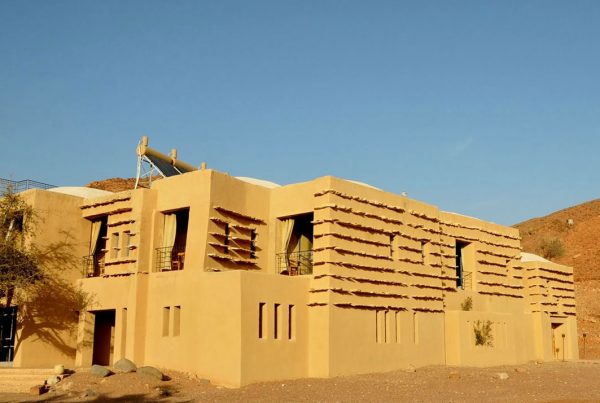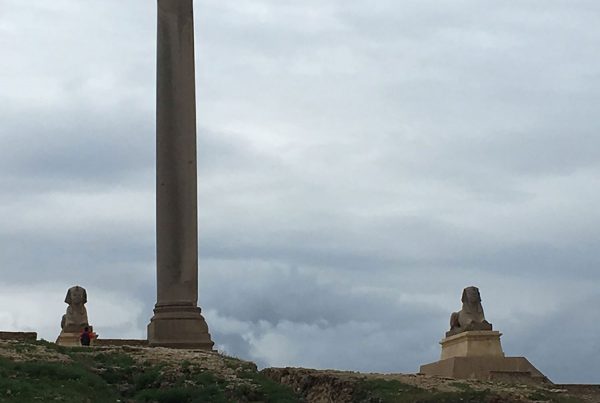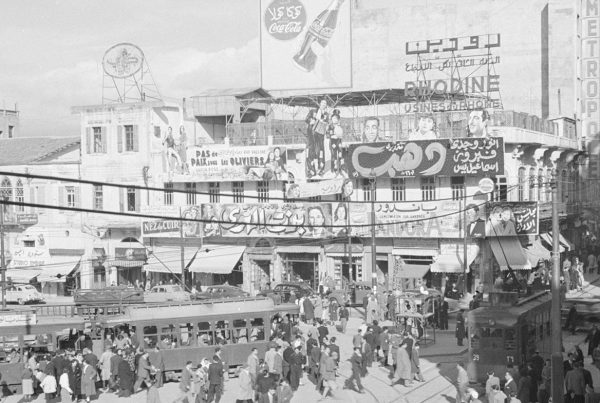Architecture tells much more than just a ravishing beauty. It depicts mentality, culture, traditions, and the lifestyle behind it. The terms architecture and tradition always go parallel to one another. They have strong embedment in their style of depiction. The same goes for the architecture of Comoros. Comoros is the group of volcanic islands that are located at the far-off eastern coast of Africa. It is comprised of three islands on which the Islam dominated inhabitants reside. Islam got its introduction through the Arab trade. Comoros was a stop on the trade way, from Mecca to other parts of the world. The Arabs used to stay here with their big caravans. With the passage, they developed markets and start settling here and influencing the locals towards Islam. From that time to today, Islam is prevailing in the region.
Culture and Value
Because of its long history, the architecture of Comoros is rich with culture and tradition. The values, that though originate from Islamic or the native culture, have a dominant flavor in architecture. Here in this writing, some of those interesting architectural aspects will be described that are standing on the strong pillars of Comorian tradition and culture.
The island comprises of the cities, as well as villages. The architecture can be categorized into personal living spaces, Religious Places, and public places. The living spaces have homes that are, on an average, constructed on a two-room design. The Comorians have a high value for their guests. Special treatments with warm welcomes and extraordinary preparations are common among Comorians. Religious values also inspire this special treatment. Comorians have a spare room for the arriving guests. These spare rooms are well-decorated and well-constructed with a better architecture as compared to the rest of the house.
When observed keenly, it is an unstructured symmetry found in the housing. The colonies are like overgrown outgrowing. This is the reason for a traditional practice called matrilocality. Matrilocality is a cultural tradition that is found in many countries. In this culture, the married daughters must live with their parents. For this, a new additional unit and sometimes units are constructed into the same house, that gives birth to the un-directional infrastructure. The matrilocality is because most of the men work outside the islands.
Architecture and Hospitality
Comorians have a low level of the economy but, high-dedication and hardworking nature. This sense of trade can be traced back to history and culture. This sense has also developed an architectural change in Comorian structures. The vast trading history of Arabs has also inferred into Comorians a sense of becoming a self-sufficient unit. This sense is also depicted in the housing structures. Houses are built not only to live but to make money for living as well. The strategically important portion of the house is devoted to a business, usually a small family business. Most of the street side portions are converted into shops, outlets and service centers. The houses are controlled by women, and they enjoy complete independence there. That is the reason they have in-house courtyards and alleys that are specifically dedicated and dominated by the female members of the house.
Religious Architecture
Apart from personal living, the actual saturated heritage of culture is evoked in the Religious building’s architecture. The mosques are spread all over Comoros. The construction is wide with an open area where a large sum of people can offer prayers easily. Religion has great importance to the social lives of Comorians. The important and focal locations are specified for mosque constructions. Mosques not only fulfill the demand of being a venue to sacred events and prayers but also act as a communication center for all the collective discussions and decisions on the social, political or economic issues.
The sacred architecture has dome and minarets. These depict the deep wisdom and big glory of their tradition and culture. The dome and minarets are absorbed from the Arabic culture. The beautifully designed Quranic verses in the form of Calligraphy is abundant in the mosques and the sacred tombs. These small things bring us to a conclusion of how deep Islam has been rooted in culture, art, and daily lifestyle.
Public Squares Importance
The members of Comorian society live mutually with one another. They make mutual decisions and discussions. These values are depicted in the structure of the Comorian Public Squares as well. Public Squares are important and crucial venues where the people gather to discuss. These Public Squares are usually at the heart location of the town, or society, etc. These squares are an odor of the true culture. It has a sitting place for elders, separately. The people sit according to their class and authority. Where the in-house courtyards and alleys are dominated by women, these public squares are dominated by men.
Though the invasion of western influence all over the world. The Comorians have also adopted some of the new trendy values. Like shifting from the Public Squares to hotels etc. But the tradition that is pierced inside them over a long period of time is going to be the part of Comorian architecture for the rest of their whole lives. Comorian architecture is the best example of how architecture is influenced by the traditional and cultural values prevailing in society.









